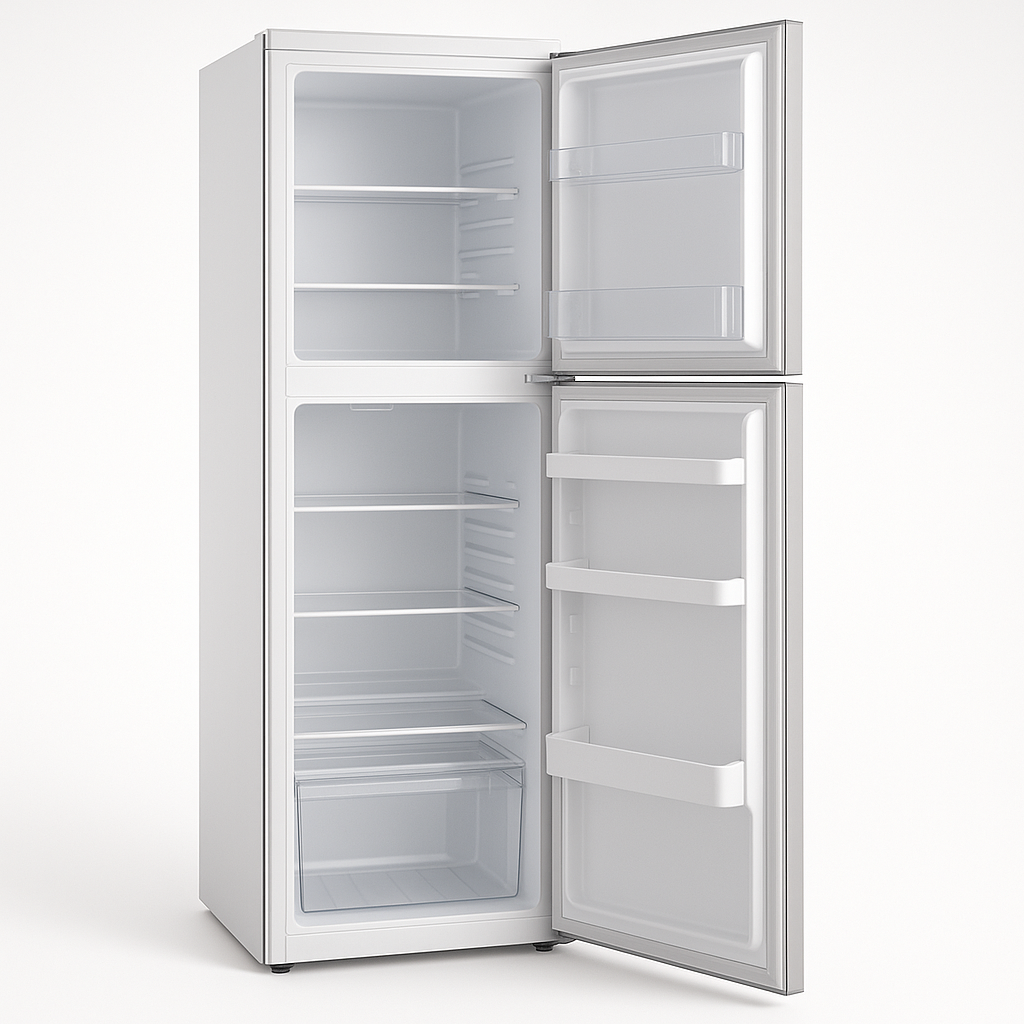The Reasons Installation Buy A Freezer Is Everywhere This Year
A Comprehensive Guide to Buying and Installing a Freezer
When it concerns keeping food, there is no much better ally than a freezer. Whether you're a passionate meal prepper, somebody who likes to stock up on seasonal fruits and veggies, or a hectic moms and dad attempting to manage a household, a freezer can significantly boost your food conservation practices. Nevertheless, purchasing and setting up a freezer needs mindful consideration to ensure you get the most out of your financial investment. This article will supply useful insights and suggestions to help you buy and set up a freezer efficiently.
Understanding Freezer Types
Before buying, it's essential to understand the different kinds of freezers readily available on the market. Each type has its own set of functions, advantages, and ideal usage environments. Here's a breakdown of the most typical types:
Type
Description
Pros
Cons
Upright Freezer
A vertical unit that resembles a conventional refrigerator.
Easy access; space-efficient; several racks for company.
Less storage capacity than chest freezers.
Chest Freezer
A horizontal freezer that opens from the top.
Higher storage capability; much better energy efficiency; perfect for bulk storage.
Takes up more floor space; harder to arrange.
Portable Freezer
Small, compact freezers implied for travel or small spaces.
Light-weight; simple to transportation; ideal for minimal storage.
Minimal storage capacity.
Countertop Freezer
Compact units designed to fit on counter tops.
Space-saving; prevalent for studio apartments; quickly available.
Less capability than full-sized choices.
Built-in Freezer
Freezers that are created to be integrated within kitchen area cabinetry.
Supplies a seamless aesthetic; custom size options.
Usually more expensive; requires professional installation.
Comprehending these types will permit you to pick a freezer that best fits your storage needs and readily available space.
Secret Features to Consider
When looking to buy a freezer, you ought to consider a number of essential features. Here's what to remember:
Size and Capacity: Consider the readily available space in your house and just how much food you prepare to shop. Typical sizes vary from 5 to 25 cubic feet.
Energy Efficiency: Opt for models with Energy Star ratings to save money on electrical power expenses.
Temperature level Control: Look for freezers with adjustable temperature settings.
Defrosting: Decide in between manual and automated defrosting alternatives. Automatic defrost is perfect for minimized maintenance.
Noise Level: If sound is a concern, examine the decibel levels of your prospective freezer as some systems can be louder than others.
Storage Options: Examining the layout and organizational accessories such as bins, shelves, and dividers can assist you take full advantage of storage.
Resilience and Warranty: Consider the develop quality and the service warranty duration to ensure a long life expectancy for your home appliance.
Installation Considerations
As soon as you've bought a freezer, it's time to consider its installation. Here are crucial steps to direct you through the process:
1. Choose the Right Location
- Ventilation: Ensure that the area has sufficient ventilation for the freezer to operate effectively.
- Proximity to Power Source: Place the freezer near an electrical outlet to avoid utilizing extension cables.
- Temperature level Control: Avoid setting up the freezer in areas based on temperature extremes, such as garages or basements.
2. Prepare the Installation Area
- Level Surface: Ensure that the surface is level to prevent unneeded wear and tear on the home appliance.
- Clean Area: Clear any debris and dust in the suction location at the back of the freezer.
3. Unbox and Position the Freezer
- Handling: Use care when dealing with the freezer. Gefriertruhe Abverkauf to have at least one other person to help with larger designs.
- Position: Once unboxed, thoroughly place the freezer in the chosen area.
4. Link to Power
- Voltage Check: Make sure the power ranking matches the freezer's requirements.
- Power Up: Plug in the freezer and enable it to run for a couple of hours before adding food. This guarantees it reaches the desired temperature.
5. Adjust Shelving and Temperature
- Arrange: If your freezer has removable racks, organize them according to your requirements.
- Set Temperature: Adjust the temperature setting as needed.
Regularly Asked Questions (FAQ)
Q1: How long does a freezer last?
A: The typical life expectancy of a household freezer is around 10 to 20 years, depending upon the brand, use, and maintenance.
Q2: Is it all right to put a freezer in a garage?
A: It is generally acceptable, however make sure that temperatures in the garage do not drop below 0 ° F or exceed 110 ° F, as extreme temperature levels can affect performance.
Q3: Should I leave area in between the wall and the freezer?
A: Yes, leave a minimum of a few inches between the back and sides of the freezer for proper ventilation.
Q4: What maintenance does a freezer need?
A: Regularly tidy the interior and outside, check the seals on doors, and thaw if essential (for manual designs).
Q5: Can I utilize an extension cable with my freezer?
A: It is not suggested to utilize an extension cable. Plug straight into a wall outlet for safety and optimum performance.
Purchasing and setting up a freezer is a financial investment that can profoundly affect your food storage abilities and overall kitchen company. By understanding the types, essential functions, and installation ideas detailed in this guide, you can with confidence make informed choices while setting up your new home appliance. From selecting the best design to putting it effectively in your home, these steps will make sure that your freezer serves you well for several years to come. Pleased freezing!
